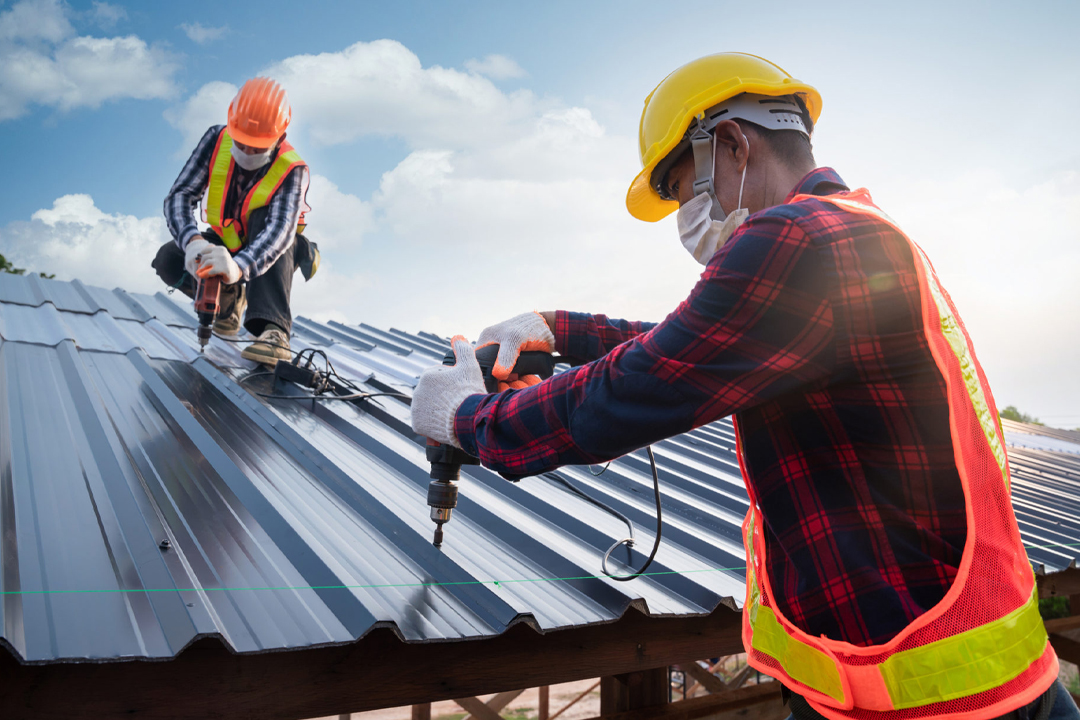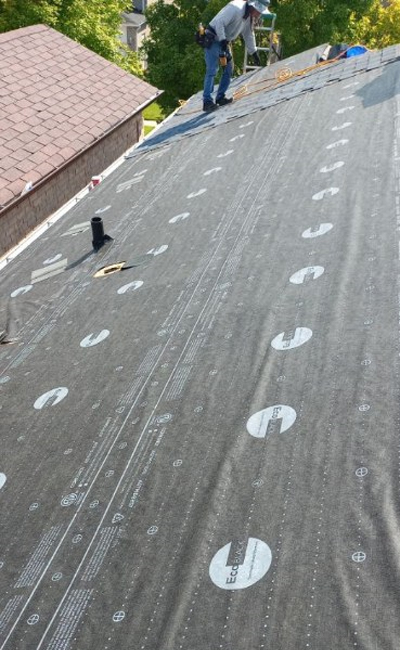Roof Waterproofing Services in Vaughan

The Importance of Roof Waterproofing
Roof waterproofing is essential for protecting your home from rain and moisture, directly impacting the durability and comfort of your house. A high-quality waterproofing system not only prevents water from seeping indoors but also reduces mold growth on walls and ceilings, protects roof structures, and extends the roof’s lifespan. Different materials and techniques offer varying levels of waterproofing effectiveness, making the choice of the right solution critical.
Selecting Waterproofing Materials
Choosing the right waterproofing material is fundamental to effective roof protection. Different materials cater to various climates and budget requirements. Common materials include:


Asphalt Waterproofing Membranes
Widely used for their durability and waterproofing effectiveness, asphalt membranes are ideal for rainy regions. Applied with heat fusion, they create a tight seal. Although moderately priced, installation requires skilled professionals and is unsuitable for areas without heat fusion facilities.
Rubber Waterproof Membranes
Known for their elasticity and tensile strength, rubber membranes are ideal for complex roof shapes. Easy to install with adhesives, they offer long-lasting waterproofing and are particularly suitable for areas with significant temperature fluctuations. While more expensive, their durability provides excellent value.
Polyurethane Waterproof Coatings
Suitable for flat or sloped roofs, polyurethane coatings form seamless waterproof layers through brushing or spraying. They are durable and weather-resistant, making them popular for exposed roofs. Though cost-effective, they are UV-sensitive and require periodic maintenance or protective layers.
Metal Waterproof Layers
Made from corrosion-resistant metals like aluminum or galvanized steel, metal waterproofing is versatile for various climates. With high durability and UV resistance, they are ideal for sloped roofs, offering aesthetic appeal. However, they are costly and require experienced professionals for installation.
Comparing Waterproofing Techniques
The effectiveness of waterproofing depends on both the materials and the application methods.
- Heat Fusion: Traditional method for asphalt membranes, requiring precise weather conditions and professional operation.
- Cold Coating: Ideal for polyurethane and liquid materials, offering flexibility and seamless application without heating.
- Mechanical Fixing: Used for metal layers, providing stability in extreme conditions but with high installation complexity.
- Adhesive Bonding: Effective for rubber membranes, ensuring stability under temperature fluctuations, with easy application for smaller projects.
Application Scenarios for Waterproofing Solutions
- Rainy and Humid Areas: Asphalt membranes or polyurethane coatings with heat fusion or cold coating ensure tight waterproofing.
- Extreme Climates: Metal or rubber materials offer durability and elasticity to withstand weather variations, fixed mechanically or with adhesives.
- High Temperatures: Polyurethane coatings or metal layers resist UV damage and perform well under direct sun exposure.
- Budget-Conscious Homes: Affordable asphalt membranes or polyurethane coatings applied with cold methods offer excellent value.
Common Issues and Solutions in Waterproofing
- Bubbling: Often caused by improper application; ensure proper temperature and avoid moisture during installation.
- Leaking Seams: Reinforce seams with thicker coatings or sealants.
- Aging Layers: Periodic inspections and maintenance help prevent cracking or aging, with reapplication when necessary.

